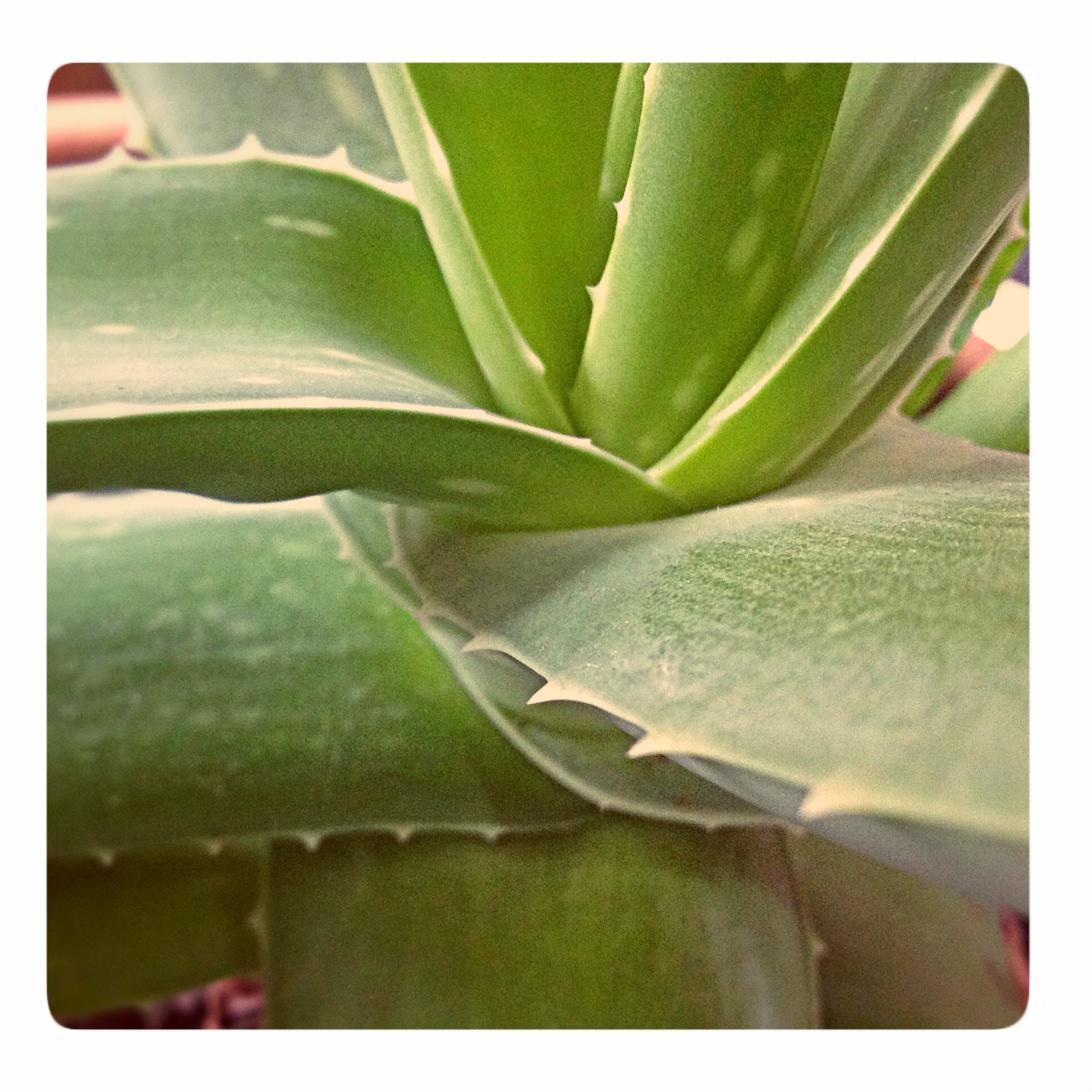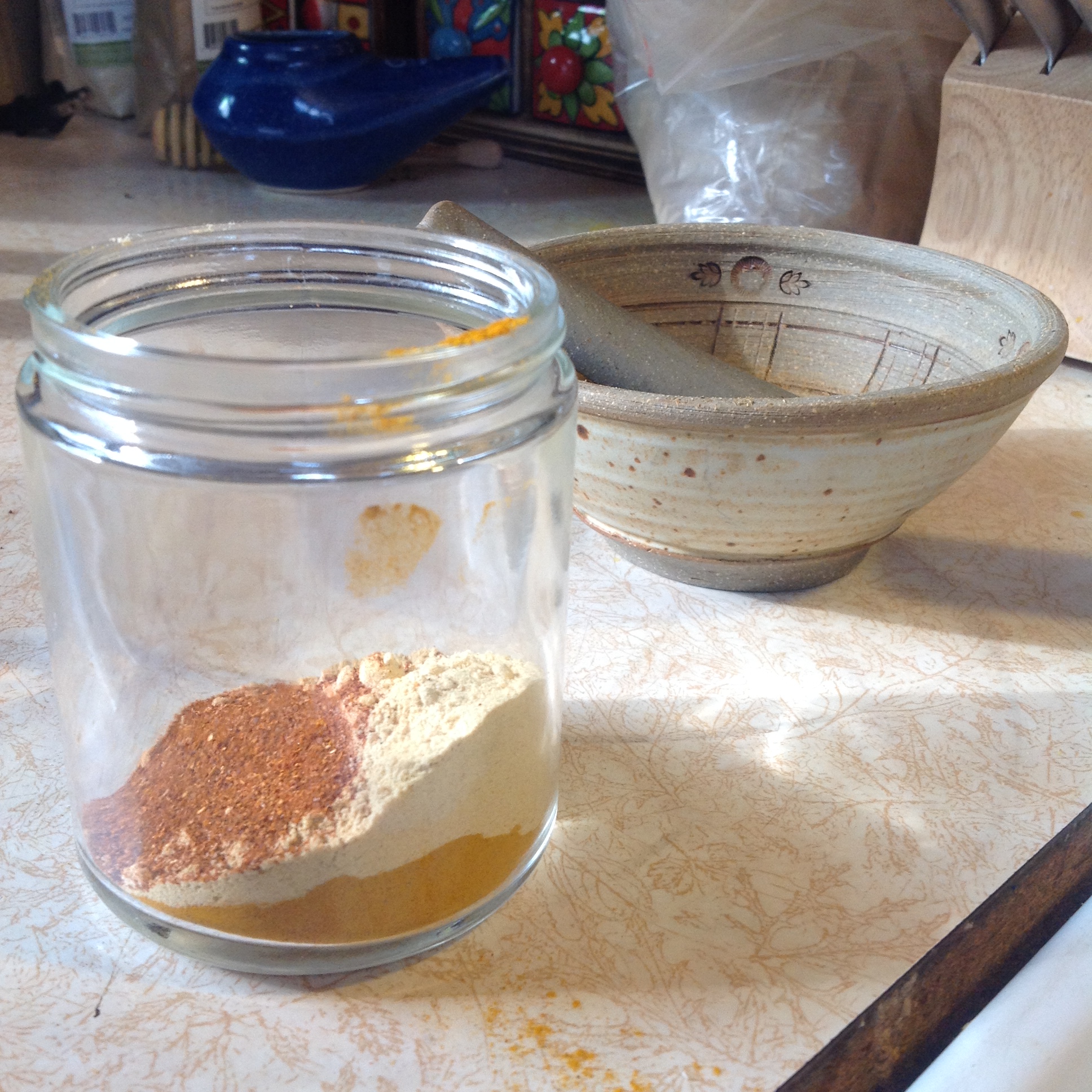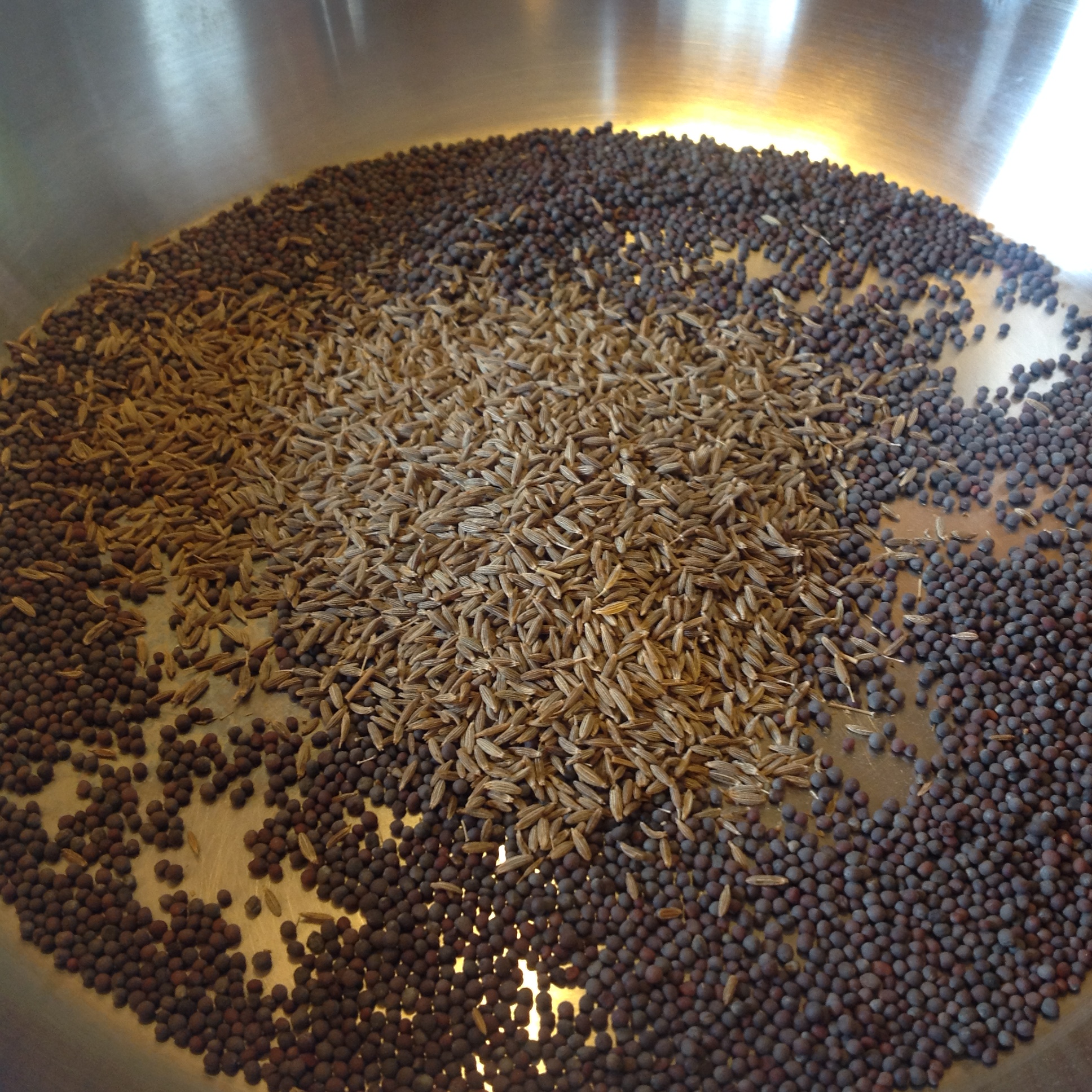 Click to listen in as I talk about the Ayurvedic perspective of a Candida overgrowth, and healing protocol, and introduce my Summer course, The Healing Diet: A 10 Week Transformation.
Click to listen in as I talk about the Ayurvedic perspective of a Candida overgrowth, and healing protocol, and introduce my Summer course, The Healing Diet: A 10 Week Transformation.
Leave your comments and questions below! I Look forward to hearing from you.
—
“I have just finished my Spring cleanse – a bit early, I know, but my ‘Spring’ gets busy with guiding others through this process – and actually it was just the right time for me. I am so reinspired with the body’s ability to heal itself.
Working with clients who have many different types of digestive issues and tummy upsets, candida comes up a lot. EVeryone thinks they have it – and really, we all do – it’s a natural intestinal bacteria. The problem comes when there is an overgrowth, and we start to have pain, gas, bloating, and other connecte problems. It really brings home the ayurvedic perspective that good digestion is everything – if it’s off, it’s just a chain reaction to further complications. That said, too you fix digestion, and those other imbalances can disappear.
Candida comes up a lot….but it’s a western diagnosis. It can be helpful to have that piece of information, I suppose, but when you work with an ayurvedic practitioner, their going to ask you a million questions, and look at what sort of imbalance is showing up, from a different perspective. In the classic ayurvedic texts, there is no talk of ‘candida’ specifically, but the set of symptoms usually fall under those of ‘manda agni’ or low digestive capacity, and ama or perhaps even krumi – toxins or parasites.
Ayurveda always looks for the cause of disease first, and attempts to remove it. A lot of times, it can seem like the old chicken or the egg debacle. The cause of candidiasis may be a weak digestive fire, but a weak digestive fire is also caused when there is candida overgrowth. A weak digestive fire, though, can have many other causes. It could be a lifetime of habits of overeating, or eating tough to digest foods, it could be a majorly stressful event, or surgery from which the body was not given proper time to heal from, or exposure to anti-biotics which killed off good gut bacteria. Sometimes we can pinpoint this initial cause, and of so, in the case of diet, we can change that rigth away with proper guidance, and in the case of stress, we can attempt to remove ourselves from the stressful situation, or adopt lifestyl practices to help us better cope or heal from this event.
When our digestive capacity is hindered, maybe from any of the reasons i mentioned above, inevitably the result of a deficient digestion is the production of ama which is the by-product of undigested food – ama is just another word for toxins, but the key is that it is caused by undigested food. It is sticky, heavy, oily, putrid and just not good. It is a breeding ground for a host of bacteria in the gi tract, and it can also then be absorbed into the blood stream or lymphatic system, creating a toxicity and the ground floor for the disease process.
The two most important strategies in the treatment of candidiasis are, first, to insure the integrity of the digestive agni and second, to build strength and immunity back into the body. With both of these in place, the treatment to kill off the pathological yeast can safely and effectively be employed…”








